Hypocyrta: types, reproduction and care at home
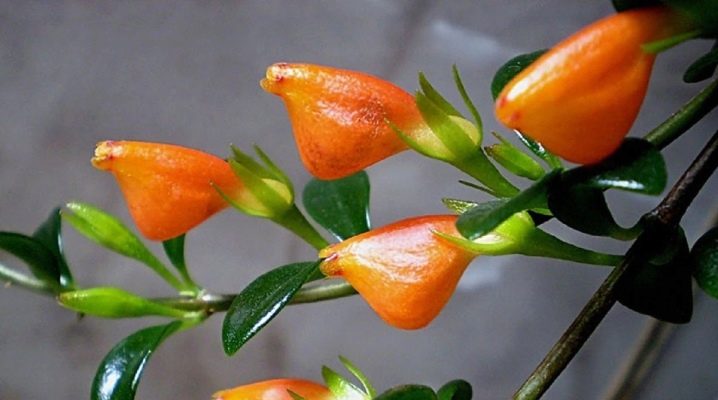
The combination of bright greenery and an abundance of flowers makes the hypocyrt a favorite of many growers. It can be placed not only traditionally on the windowsill, but also hung in a flowerpot on the wall. The plant is not poisonous, and if you have a fluffy pet at home, hypocyrt will not cause any inconvenience or harm to his health.
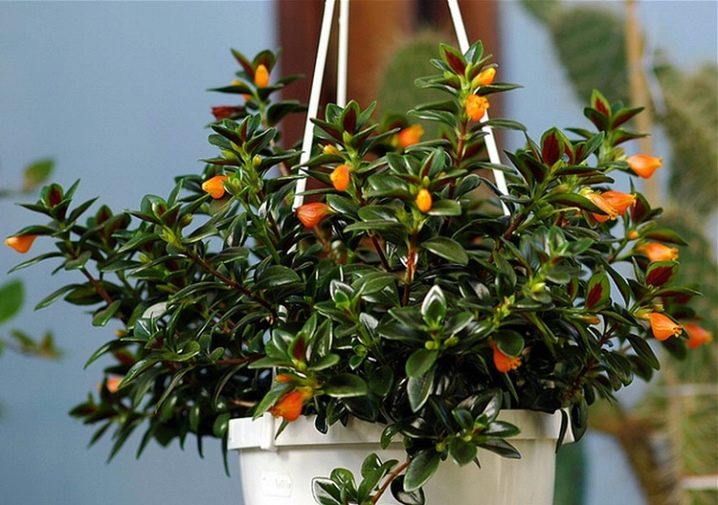
Types and names
The plant belongs to the Gesneriev family and is currently united with the genus Nematantus genus. There are about 30 plant species, each of which has its own characteristics.
Naked (glabra)
It has erect stems covered with bright green opposite petiole leaves (length does not exceed 3 cm, width - 1.5 cm). Their surface is glossy. The base and end of the leaves are sharp. Throughout its life, the leaves remain green and never turn yellow. The maximum length of the stems is 25-30 cm. They practically do not branch.
In the axils of the leaves, an inflorescence is formed, consisting of bright orange flowers with a yellowish tint: from 1 to 3. Their shape is very unusual. The flower looks like a double: from the middle of one another grows, resembling a flashlight.
Its characteristic feature is the presence of a pronounced bulge.
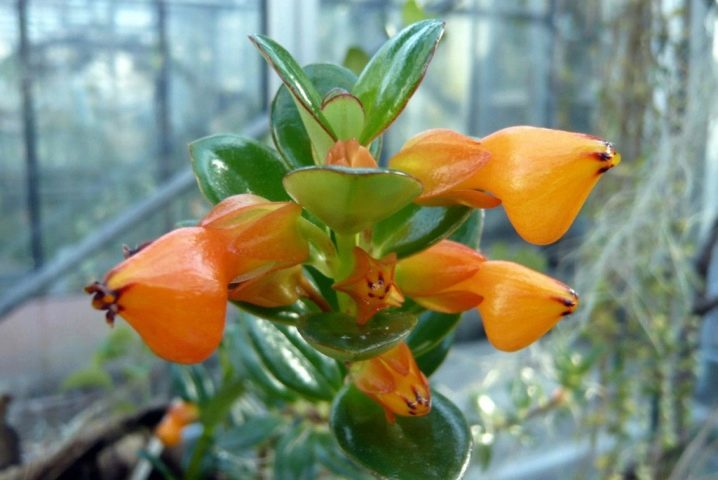
Coin
It belongs to ampelous plants, that is, it is grown in hanging pots. The maximum length of the branches is 15 cm. The stems are covered with fluff. The leaves are small, also slightly pubescent. The bright red flower looks like a bud extended in the middle with fused petals. The upper edge looks like it is gathered in small ruffles. The plant's leaves fall off after the flowering time has passed.

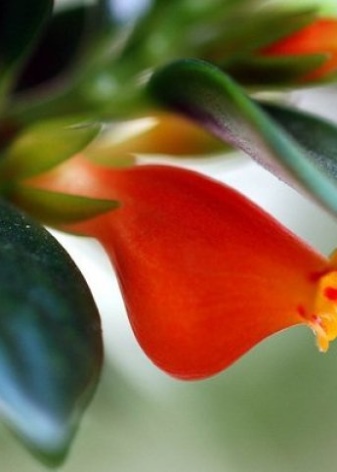
"Tropicana"
The erect stem has bright glossy leaves. Their shape is diamond-shaped. The flowers are small in size, with a deep dark red hue. Yellow stains give them a special charm.
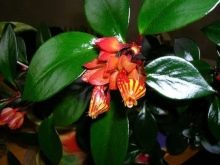
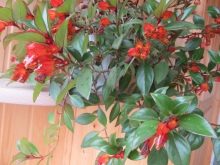
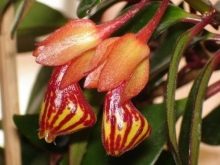
"Gregarius"
The species has soft creeping shoots, therefore it is ideal for ampelous growth. The oval leaves have a shiny surface and are pointed towards the ends. The flowers are bright red, greenish at the base.
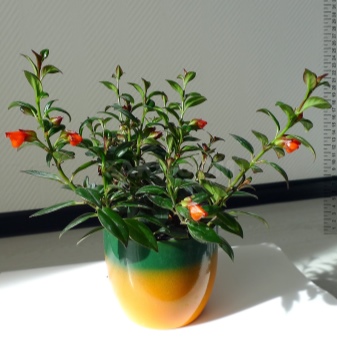
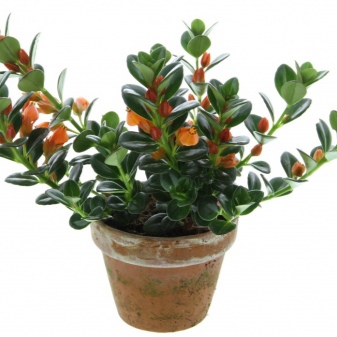
"Columney"
Semi-erect shoots form a small bush. The leaves are elongated. The flowers are incredibly beautiful: bright scarlet, large, slightly pubescent, with long stamens.
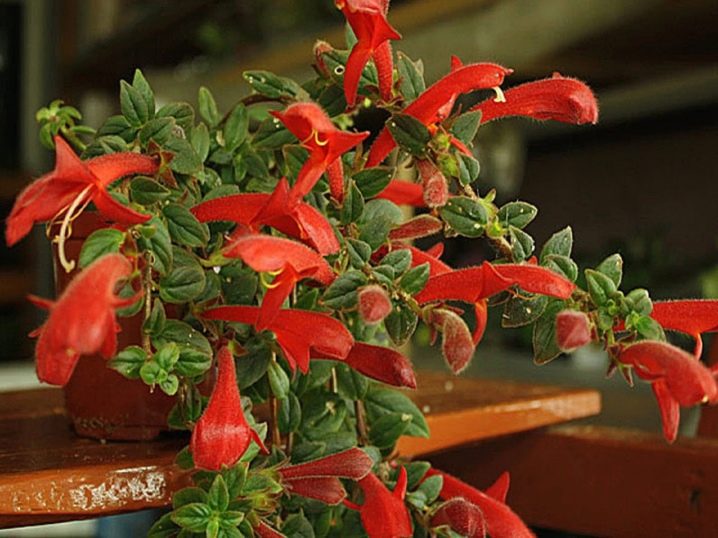
Variegated
The name of the species was given by the leaves. They are not monochromatic, but two-colored. Their green center has a yellowish frame.
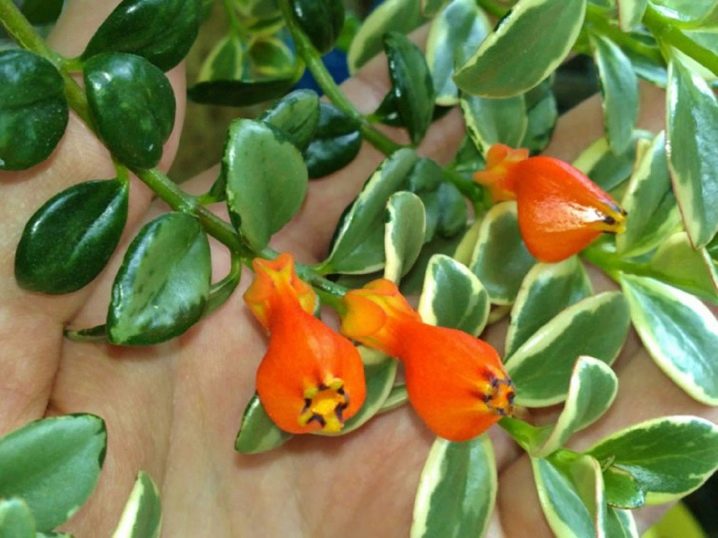
Home care
Many types of hypocyrtes grow in the tropics. In order for a flower to feel good at home, certain conditions for its maintenance are required. In winter, he needs peace, in spring and summer he pleases with rapid flowering.
Arrange the plant so that the light is abundant but diffused. With its lack, the plant will not bloom. The bright rays of the sun can cause a real burn on the leaves. Based on this, the ideal location for the hypocyrt is a southwestern or southeastern window sill. If the plant needs a hanging planter, make sure that there is enough light. In winter, when daylight hours get shorter, special lamps can be used.
A tropical plant does not like cold air and drafts, so do not place it in rooms with a fan or air conditioner. Otherwise, it will completely shed the foliage.

Temperature drops are contraindicated. In summer, the room should be +20 + 25 ° C, in winter from +14 to + 16 ° C.If you are the owner of a coin hypocyrt, please note that it requires a temperature of +12 + 14 ° C in winter.
Do not keep the plant near a heating battery. The conditions laid down by nature are high humidity. Spray the air around the pot during flowering. Also fill the tray with wet pebbles and place the planter on top of it. Watering during flowering should be abundant. The water must be defended before the procedure. The plant does not like cold water. Do not overflow, as this will rot the root system. With the onset of autumn, watering is reduced. In winter, spraying is sometimes sufficient.
The requirement for the soil is looseness. It should be perfectly permeable to air and moisture. You can cook it yourself. To do this, in equal parts, mix leafy earth, humus, peat, river sand. If you want to buy ready-made soil, then the ideal option is a substrate for violets. In the spring, when the growing season begins, it is necessary to feed (once every 10 days). To do this, purchase a mixture made for plants in the flowering period from a specialized store.
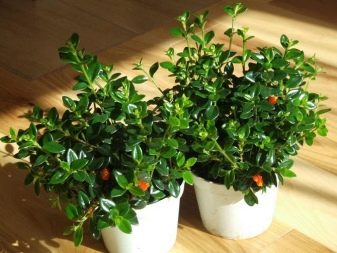

Transplant and pruning
The hypocyrta grows slowly, so it can be transplanted every 2-3 years. The procedure is carried out in the spring. The fact that it is time to transfer the plant to another pot will be indicated by the roots: they raise the soil, become noticeable in the drainage holes. Choose a small planter. Otherwise, greens will begin to actively form, and flowering will recede into the background. A prerequisite is the presence of holes in the bottom and a drainage layer. Transplant gently. Stress can trigger leaf shedding.
After the flowering period has passed, it is necessary to prune. The procedure is carried out in October, as soon as the leaves begin to crumble. Pay attention to the age of the escape. If the branch is old, shorten it by 50%. In young stems, one third is cut off. Annual pruning is a prerequisite for the formation of large flowers, beautiful foliage, and a dense crown. Old branches produce small flowers that don't look very impressive.
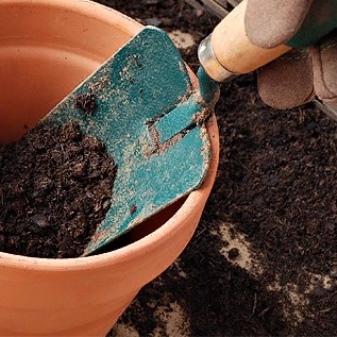
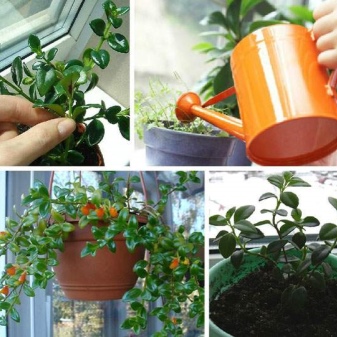
Improper care: signs and causes
Be mindful of the plant. A change in its state is not always associated with the impact of pests. It can be the result of improper care. Here are the most common signs.
- Weak flowering or its complete absence. It occurs due to insufficient lighting, low temperature or dry air, lack of nutrients, lack of pruning.
- The appearance of brown spots on the leaves. The reason lies in a lack of moisture, which causes the root system to dry out.
- Leaf shedding in winter... The process is triggered by a low ambient temperature.
- Dried foliage tips. The culprits of the phenomenon are too high temperature in the room and low humidity.
- The appearance of gray rot. You flooded the plant too much.
- Leaves lose their bright color. The process is caused by an abundance of light, dry air or too much fertilizer applied.
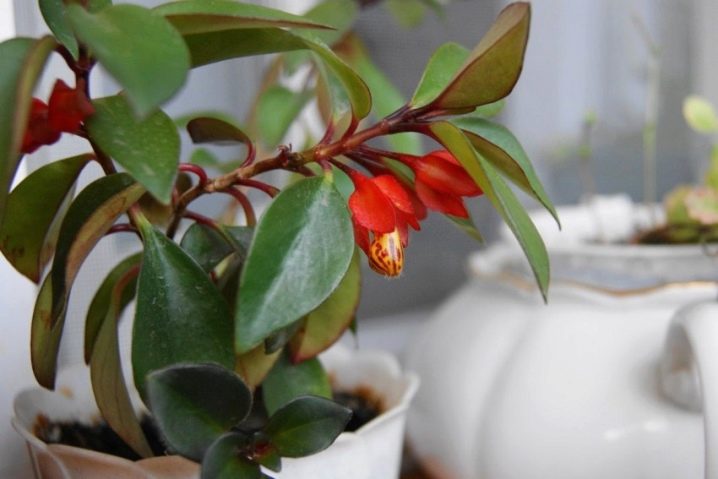
Breeding features
Hypocyrta is easy to propagate cuttings... The optimal time is spring, summer. The cut is carried out so that the workpiece contains 4-5 nodes. The leaves located at the bottom must be removed. In order for the shoot to take root, it is placed in a glass of water. You can also submerge it in a damp substrate (peat and sand) and cover it with a plastic bag or glass jar to prevent it from drying out. Once the shoot has grown roots, it can be planted in the main pot.
Pay attention to the variety you are breeding. If this is a naked hypocyrt, then it is enough to plant one cutting in a pots, since the species gives many shoots and bushs well. To make the bush lush, you need to pinch the shoots. A coin hypocyrta is placed in a pots of 3-4 processes.
Another way of reproduction is by seeds. You can buy ready-made in a store for florists or assemble it yourself.Peat-containing soil is used for planting. The seeds are very small. They are slightly sprinkled with a substrate, moistened and covered with glass or film, creating a greenhouse effect. After 2-3 weeks, the first shoots should appear. We do not immediately open the greenhouse, we gradually accustom the sprouts to the air in the room. A month later, young shoots are transplanted to their "permanent residence" in a separate pots.
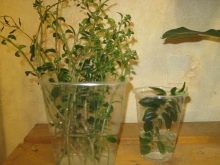
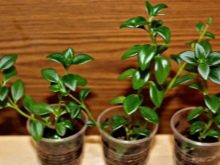

Pests
If the plant is kept in warm conditions, it can be attacked by aphids. Another pest is the spider mite. The presence of an insect will be warned by the yellow color of the leaves and the appearance of cobwebs on their underside. Improper care and maintenance can lead to powdery mildew damage.
As soon as you find such an unpleasant phenomenon, start fighting it: stop watering, remove the affected shoots, treat the hypocyrt with special chemicals (fungicide).
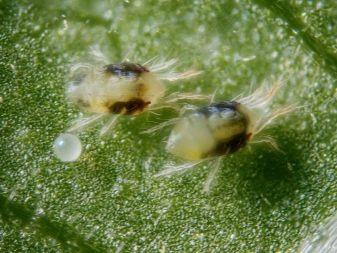
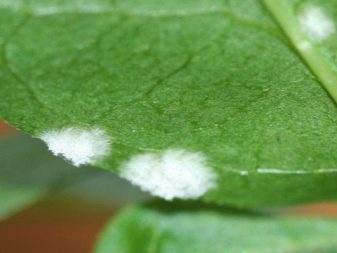
For information on how to care for a hypocyrt, see the next video.























The comment was sent successfully.